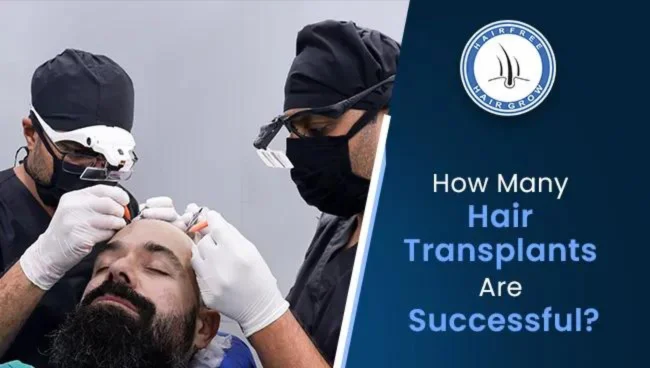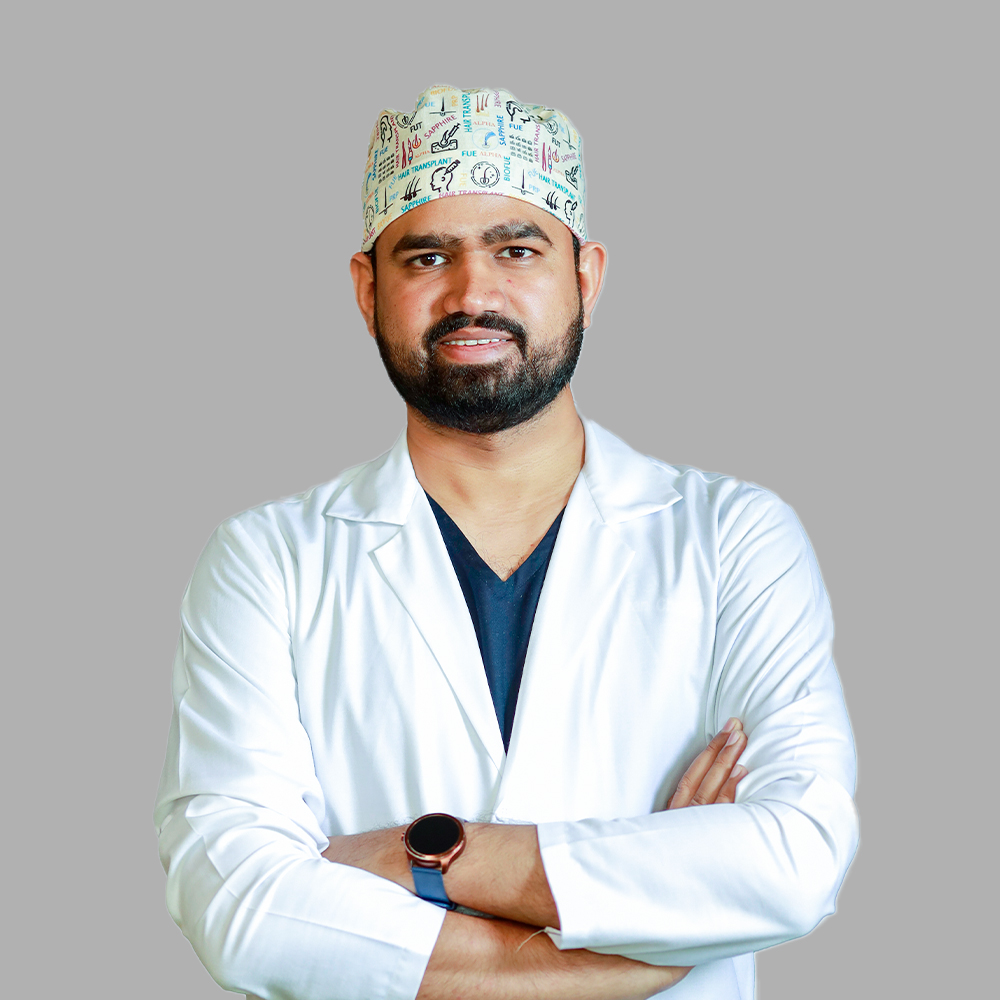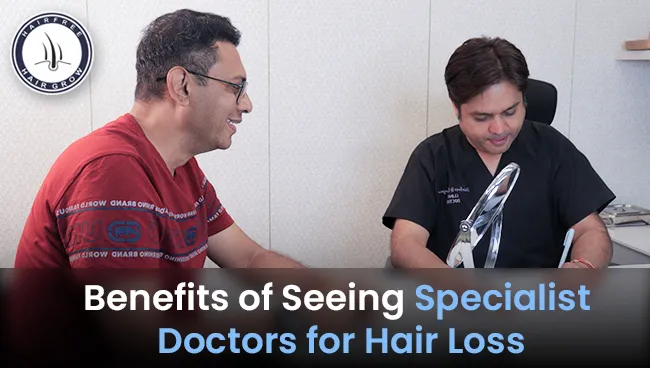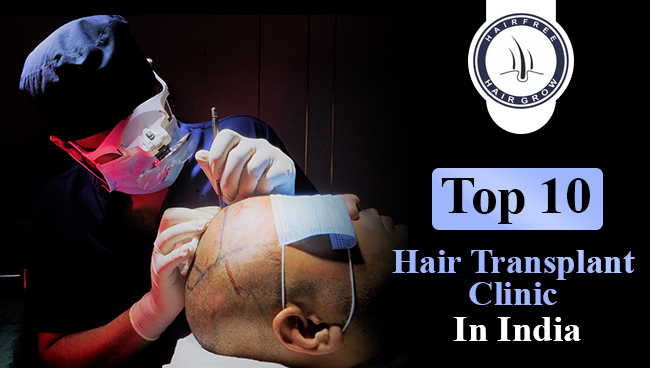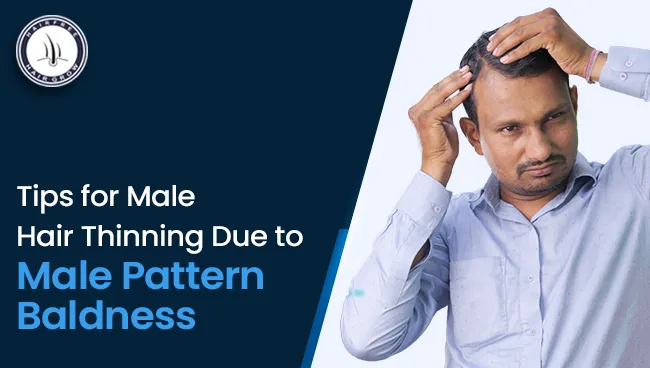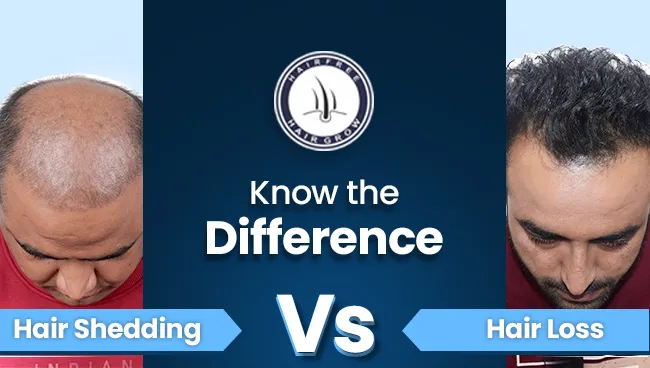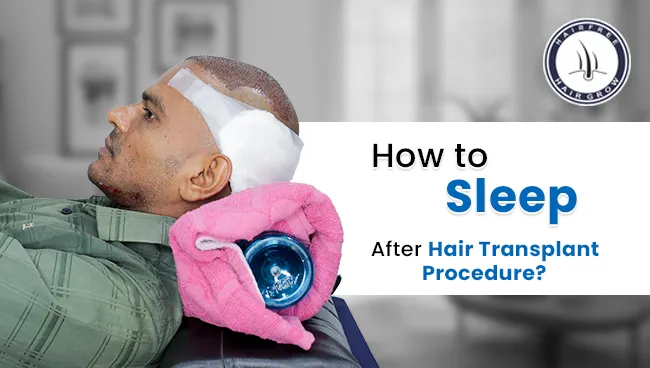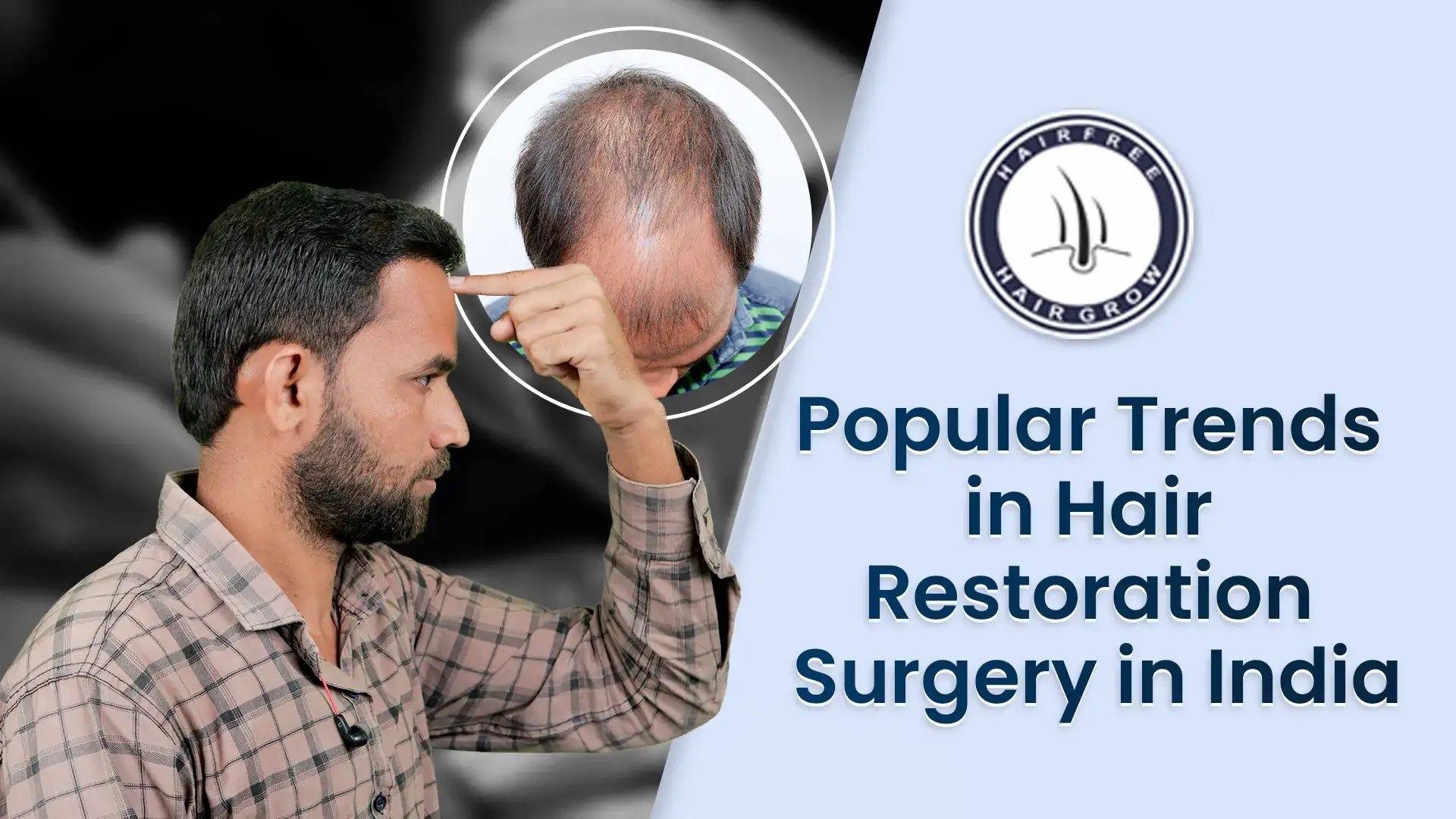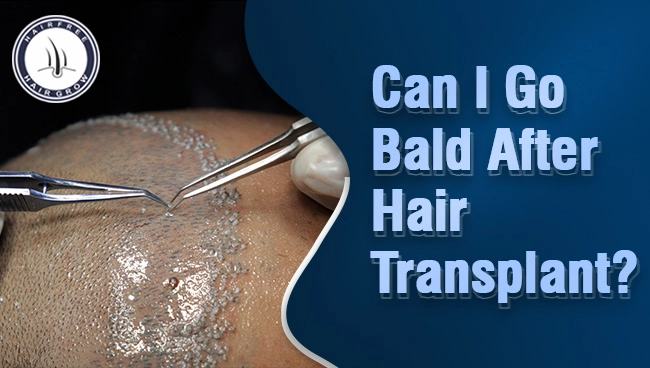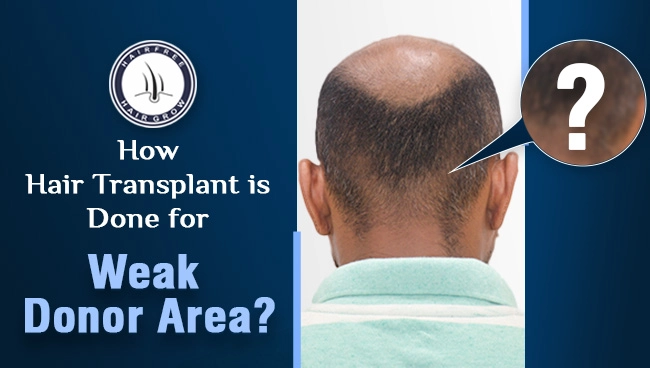A Definition Of Successful Hair Transplant
Hair transplantation aims to restore hair growth in areas of the scalp with limited or no growth. Hair loss and thinning hair can occur due to aging, illness, or trauma to the scalp. For those who experience hair loss, a hair transplant can be a viable option for both cosmetic and reconstructive reasons. A successful hair transplant can significantly boost your confidence and appearance.
When considering hair transplants, it is important to understand the success rates of the procedure. Nobody wants to waste their time and money on a procedure that may not produce the desired results. At Hairgrow Hairfree Clinic, we are confident in providing successful hair transplants. Our highly qualified and experienced specialists carry out the procedure with precision and care.
The success of a hair transplant can vary greatly depending on the doctor’s skills, experience, and available technology. Reputed doctors specializing in hair transplantation achieve success rates of almost 100 percent, which is a testament to the procedure’s effectiveness. However, doctors and patients must work together to develop personalized plans that cater to each patient’s unique needs.
At Hairgrow Hairfree Clinic, we prioritize our patients needs by providing in-depth advice and determining their suitability for the procedure. Our specialists take the time to understand each patient’s medical history, hair loss patterns, and aesthetic goals before recommending the most appropriate treatment plan. This personalized approach ensures that our patients achieve the best possible results and are satisfied with their hair transplant.
Factors That Affect Hair Transplant Success Rates
Surgeon skills + clinical infrastructure + technology used + patient efforts after hair transplant procedure = success of hair transplant.
Clinical Infrastructure
Clinical infrastructure plays a significant role in ensuring a successful hair transplant surgery. The clinic should have the necessary equipment, such as microscopes, magnifying lenses, and proper lighting, to enable the surgeon to perform the surgery with precision. A sterile operating room, proper sanitation, and well-trained support staff are essential for a successful transplant.
Technology Used
The technology used during the hair transplant procedure is critical for success. Advanced tools like the Choi Implanter Pen, Micro-motor and manual punch, etc., are used to extract hair follicles without causing damage to the hair roots. Also, the use of Platelet Rich Plasma (PRP) therapy helps in the regeneration of hair follicles and promotes healing.
The Surgeon
The surgeon who performs the hair transplant procedure is the most crucial factor in determining its success. The surgeon’s experience, skills, and attention to detail are essential in ensuring a natural-looking result. A good surgeon must be able to evaluate the patient’s scalp condition, hair loss pattern, and another medical history before recommending the appropriate hair transplant technique.
Patient Efforts after Hair Transplantation
The success of hair transplant surgery also depends on the patient’s efforts after the procedure. The patient should carefully follow the doctor’s instructions to ensure a speedy recovery. Postoperative care includes avoiding strenuous activities for a few days, taking prescribed medications, and avoiding smoking, alcohol consumption, and direct sunlight exposure.
The Evaluation Procedure before Hair Transplantation
The evaluation process before hair transplantation is crucial to determine whether a patient is a good candidate for surgery. During the consultation, the surgeon examines the scalp and explains the success rate to the patient. The surgeon also evaluates the patient’s medical history and the possible risks associated with the surgery.
Myths Associated with Transplantation
Several myths are associated with hair transplantation, such as it is a painful procedure or the patient must shave their head. However, with modern technology and advanced surgical techniques, hair transplantation is a minimally invasive and virtually painless procedure.
Success Depends on the Goal
The patient’s goal plays a significant role in determining the success of a hair transplant procedure. The surgeon should understand the patient’s expectations and recommend the appropriate technique that would best suit the patient’s needs.
Your Hair, Your Care
The patient should take proper care of their hair after the transplant surgery. The patient should follow the doctor’s instructions carefully and avoid washing or combing their hair until the surgeon gives the green signal.
Types Of hair Transplants
Hair transplants can be life-changing for those experiencing hair loss or thinning. The three main types of hair transplants are Follicular Unit Strip Surgery (FUSS), Follicular Unit Extraction (FUE), and the BIG-FUE Hair Transplant Technique.
Follicular Unit Strip Surgery
FUSS, also known as FUT, involves removing a strip of skin from the donor area and dividing it into small follicular units containing one or more hair follicles. These units are then transplanted to the desired area. While this method can leave a scar, it is often covered by surrounding hair and can produce excellent results.
Follicular Unit Extraction
FUE, on the other hand, involves removing individual follicular units using a small punch tool. This method is less invasive and does not leave a visible scar. However, it requires more skill and can be more time-consuming than FUSS.
BIG-FUE Hair Transplant
The BIG-FUE Hair Transplant Technique is a newer method that utilizes specialized equipment and techniques to produce the best possible results. It involves a special graft storage process, the use of a unique punch tool, and optimal temperature control to ensure that the transplanted hair remains healthy and viable. At Hairfree Hairgrow clinic, you will get more than 99% success if you go with the BIG-FUE technique.
All three types of hair transplants involve local anesthesia and can take several hours to complete. Recovery time varies depending on the individual, but most people can return to work within a week or two.
It’s important to note that while hair transplants can be highly effective, they are not a one-time solution for hair loss. In many cases, additional sessions may be necessary to achieve the desired results. Additionally, having realistic expectations and choosing a skilled and experienced surgeon to perform the procedure is essential.
What Percentage Of Successful FUE Hair Transplants?
The success rate of FUE hair transplant procedures is typically very high, provided that a qualified and experienced hair transplant doctor carries out the procedure. In fact, FUE hair transplant procedures are often considered to be the most successful and effective method for restoring hair growth in patients with hair loss.
The success rate of FUE hair transplant procedures largely depends on the skill and expertise of the hair transplant doctor and the overall health and condition of the patient’s scalp and hair. In general, FUE hair transplant procedures have a success rate of around 95-98%, meaning that the vast majority of patients who undergo this procedure can expect to see significant improvements in their hair growth and coverage.
What Percentage Of Successful FUT Hair Transplants?
Follicular Unit Transplantation (FUT) is a popular hair restoration procedure that involves transplanting hair follicles from the donor area to the balding areas of the scalp. The success rate of FUT depends on various factors, such as the patient’s individual characteristics, the surgeon’s skills, and the quality of the hair follicles harvested.
On average, the success rate of FUT is between 90% and 95%, which means that most patients who undergo this procedure achieve satisfactory results. However, it is essential to note that the success rate can vary from patient to patient, and some may experience a lower success rate due to factors such as poor healing, infection, or the use of inadequate hair follicles.
Conclusion
The Hairfree Hairgrow Clinic has a track record of providing successful hair restoration procedures to its patients. Nearly 100% of their patients are satisfied with the results, and many have described the experience as a “life change.”
While there may be occasional complaints about a lack of density, this is due to inherent limitations in the number of grafts that can be placed in each area of the scalp. The blood supply limits the number of grafts that can be placed to the scalp, which can only support a certain number of grafts.
Despite these limitations, the Hairfree Hairgrow Clinic has performed thousands of procedures with successful results. Patients who have undergone the procedure often feel that their appearance finally matches how they feel: young, healthy, and vibrant.
Do you have further questions or suffer from hair loss problems? Then don’t hesitate to contact us at this number +91-7272832222 & Share your Photos on Whatsapp: +91- 7272832222; our Expert will advise you further.
Written By
MD (Skin & VD)
Dr. Kiran Chotaliya have performed more than 1000 successful hair transplant surgeries with 100% success. He is Consultant Dermatologist at Urban skin and Hair clinic, Pune since 2015.
Disclaimer
We’ve made all possible efforts to ensure that the information provided here is accurate, up-to-date and complete, however, it should not be treated as a substitute for professional medical advice, diagnosis or treatment. See Detailed Disclaimers Here.

